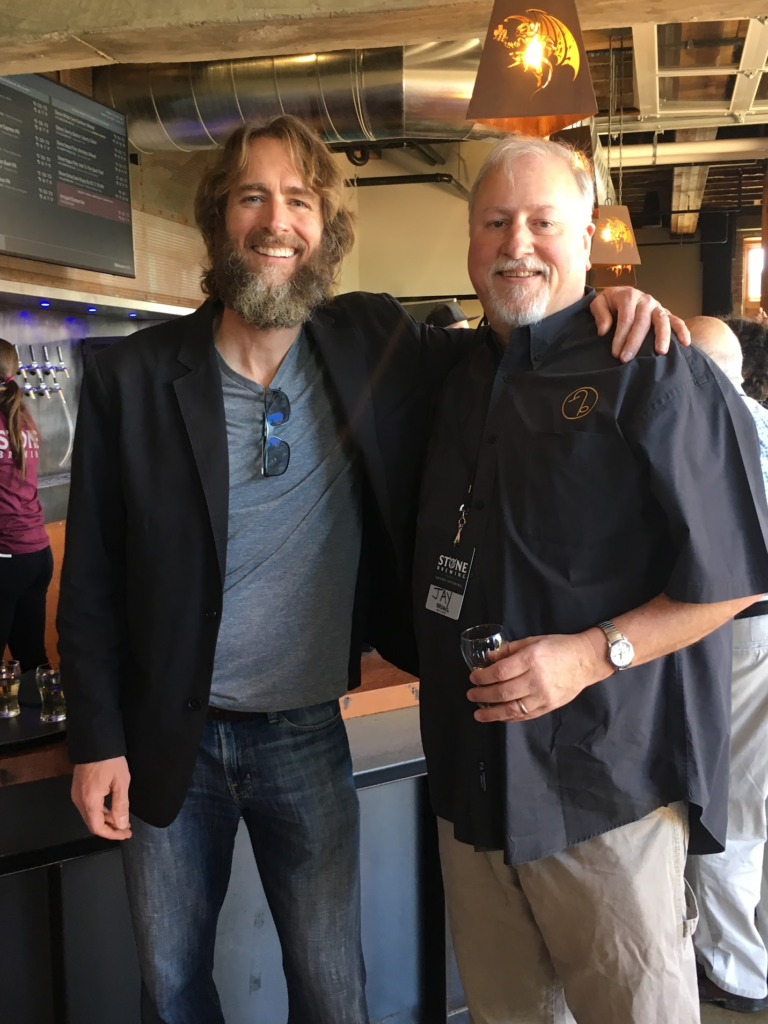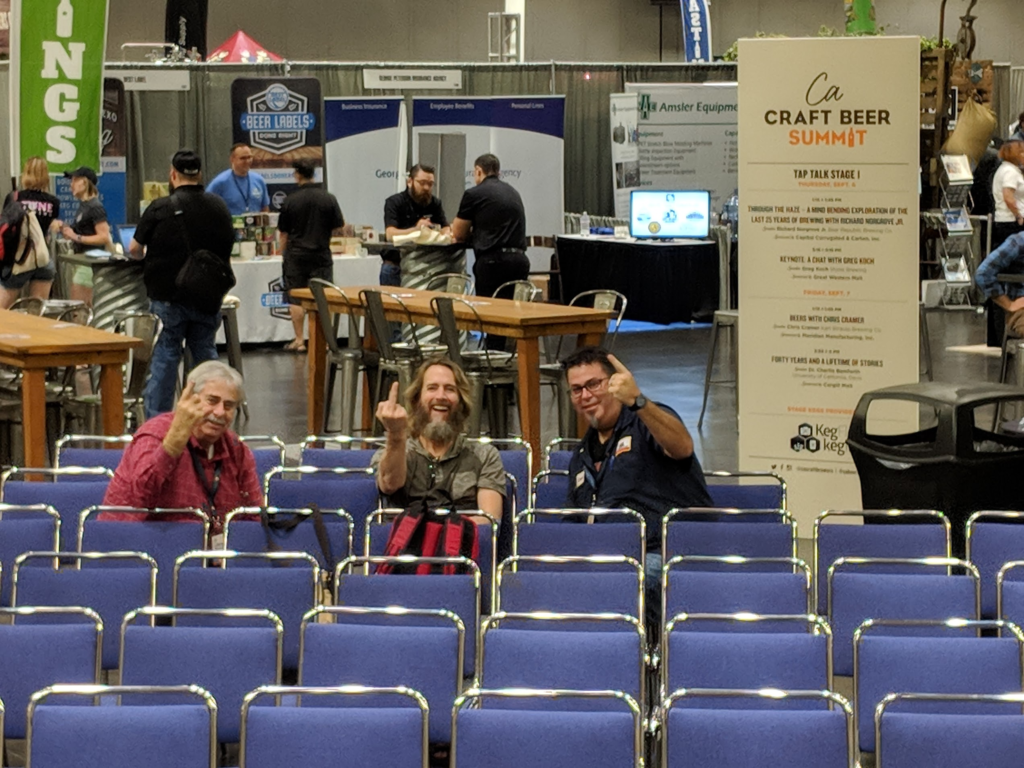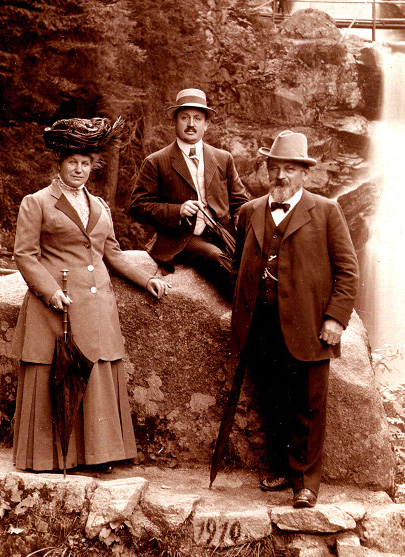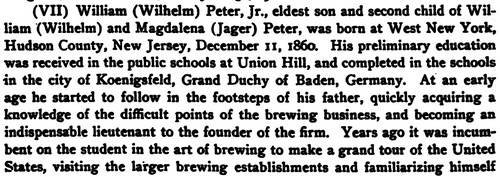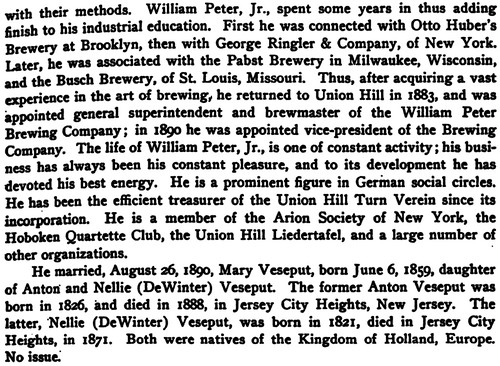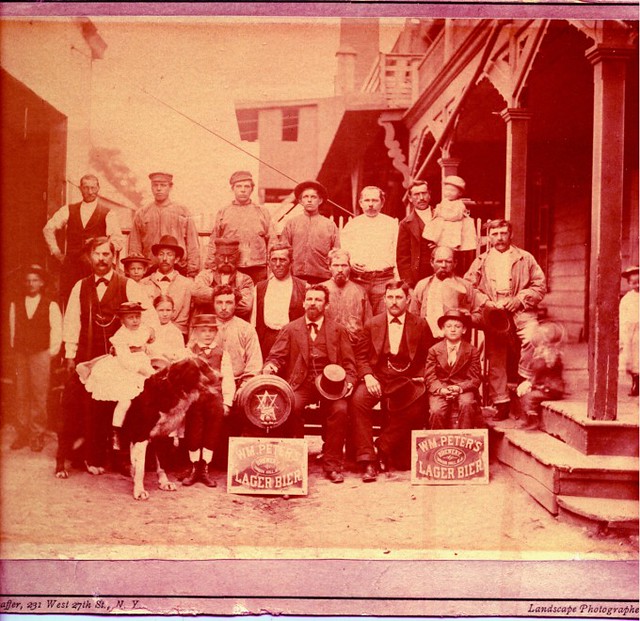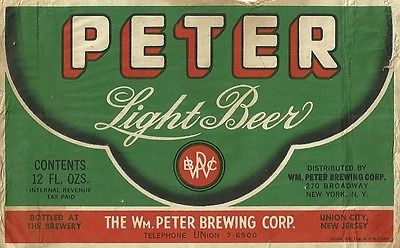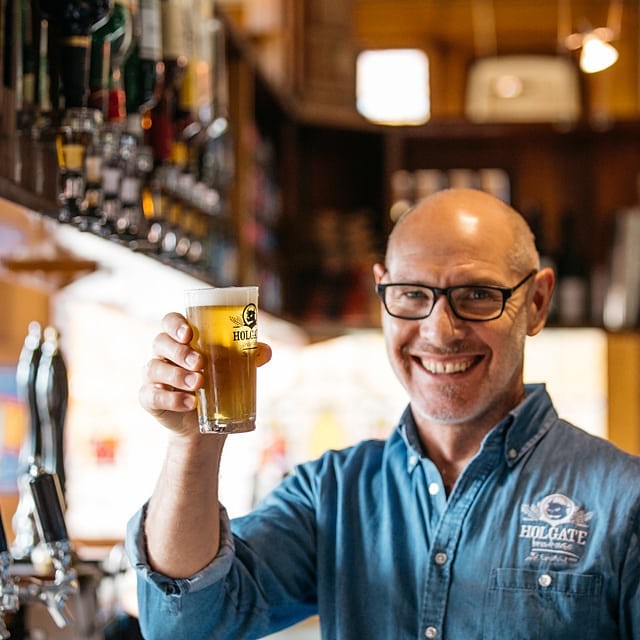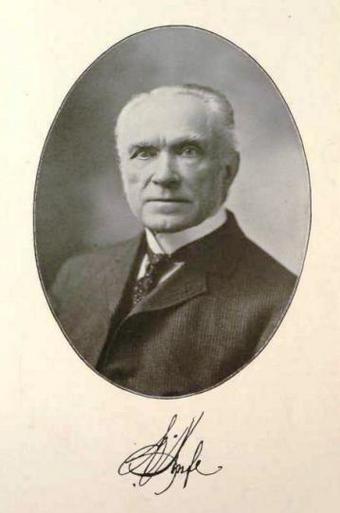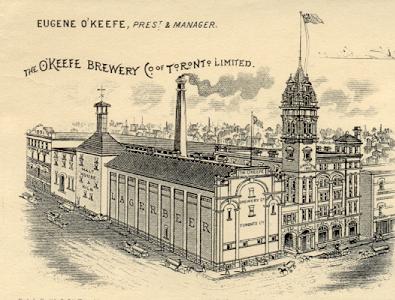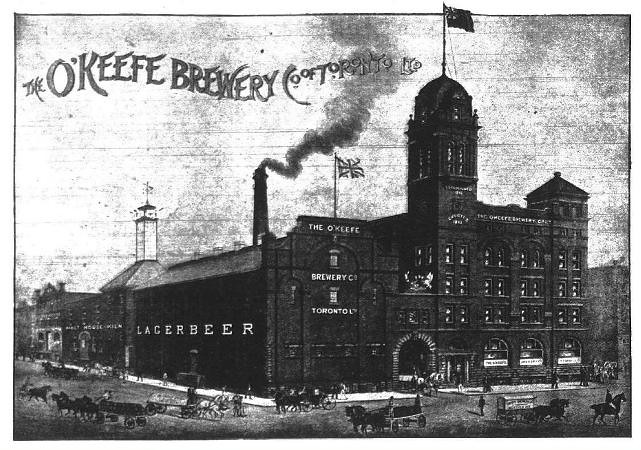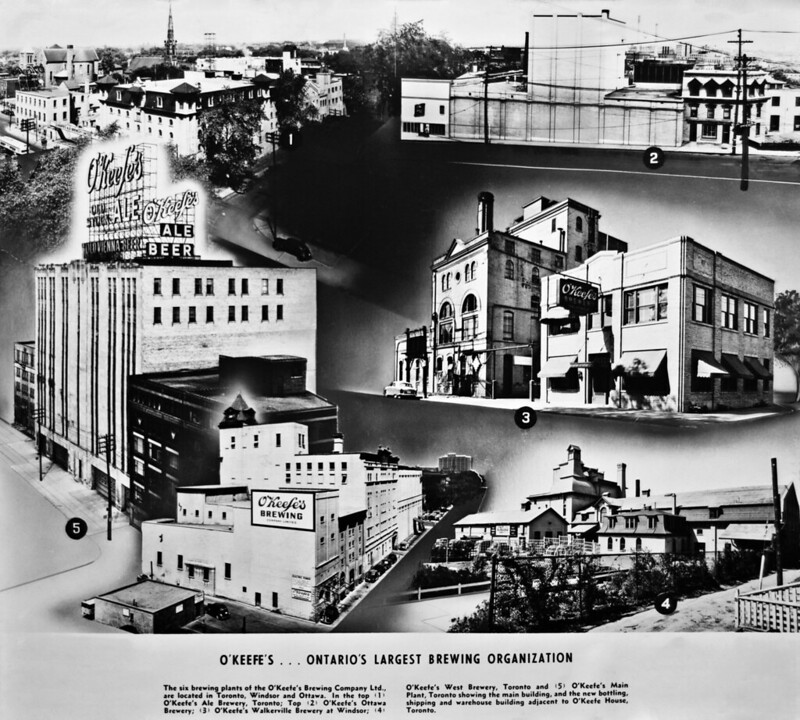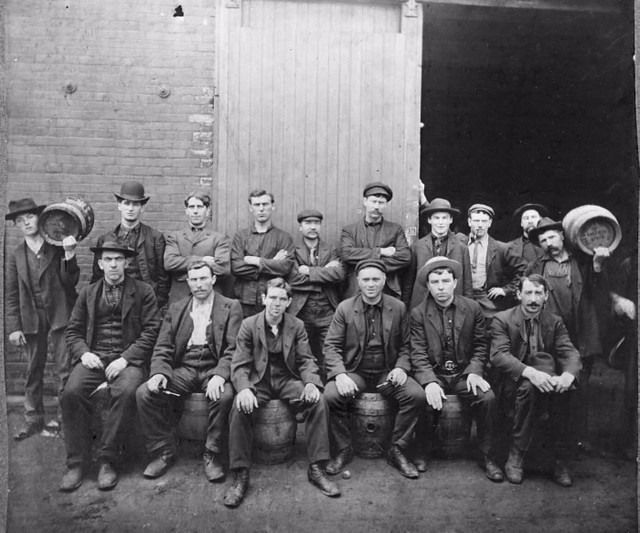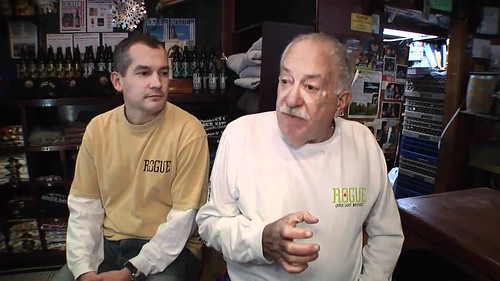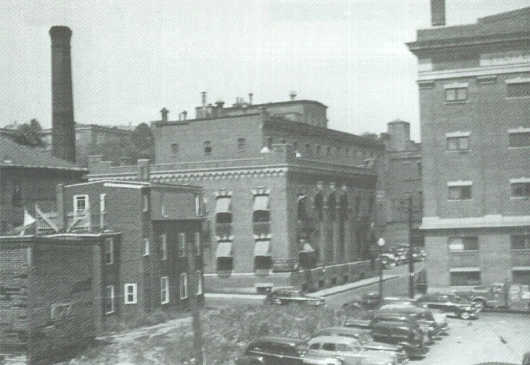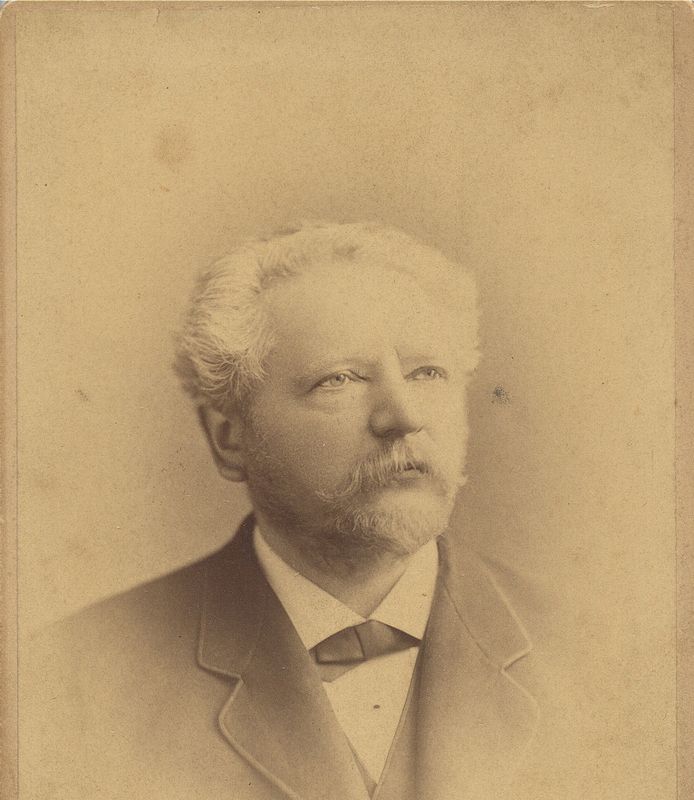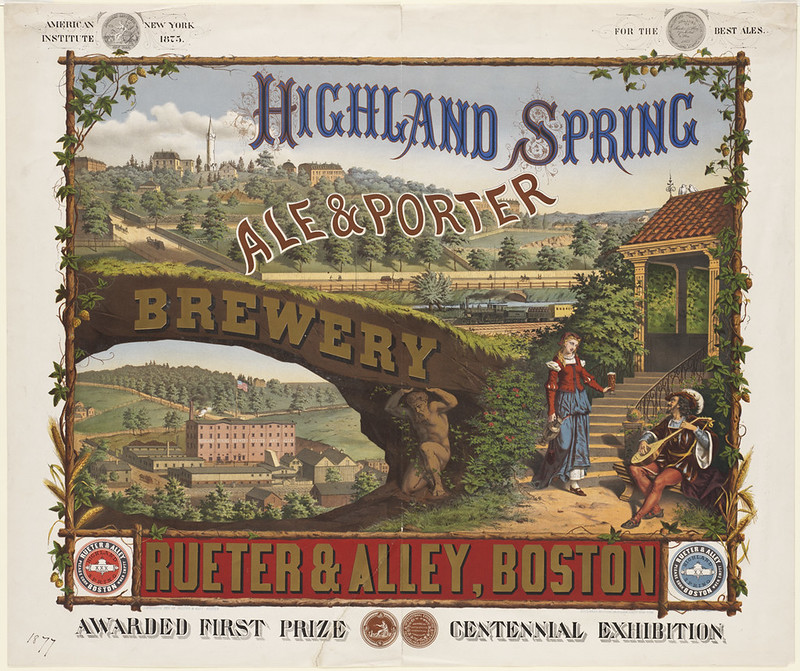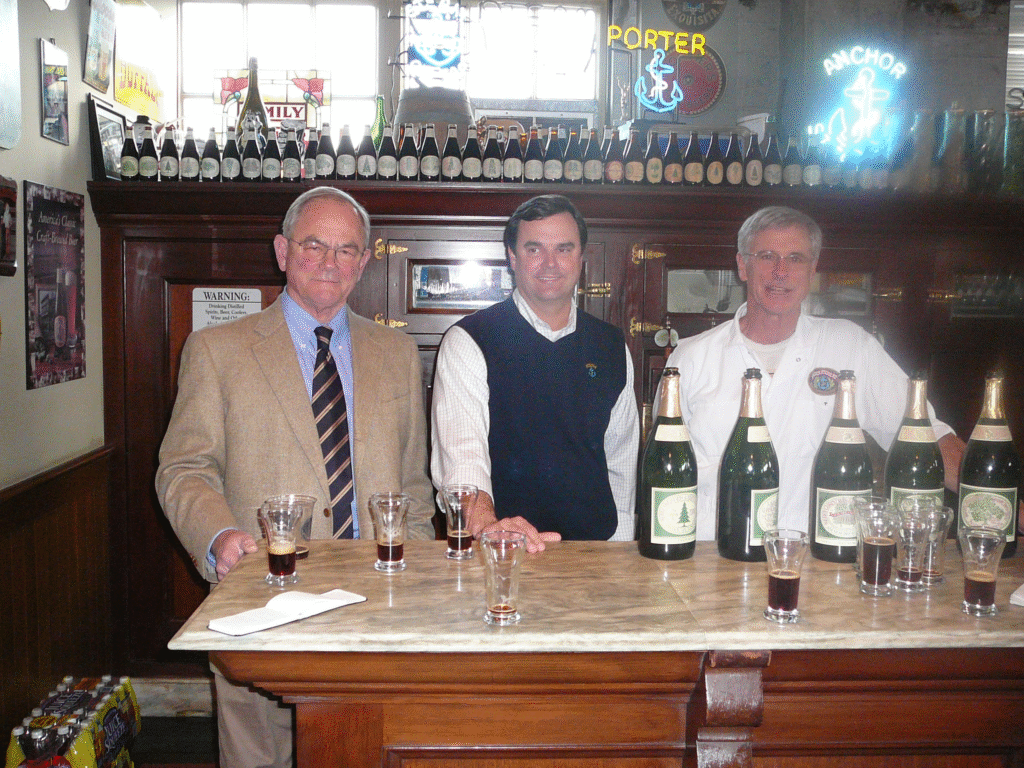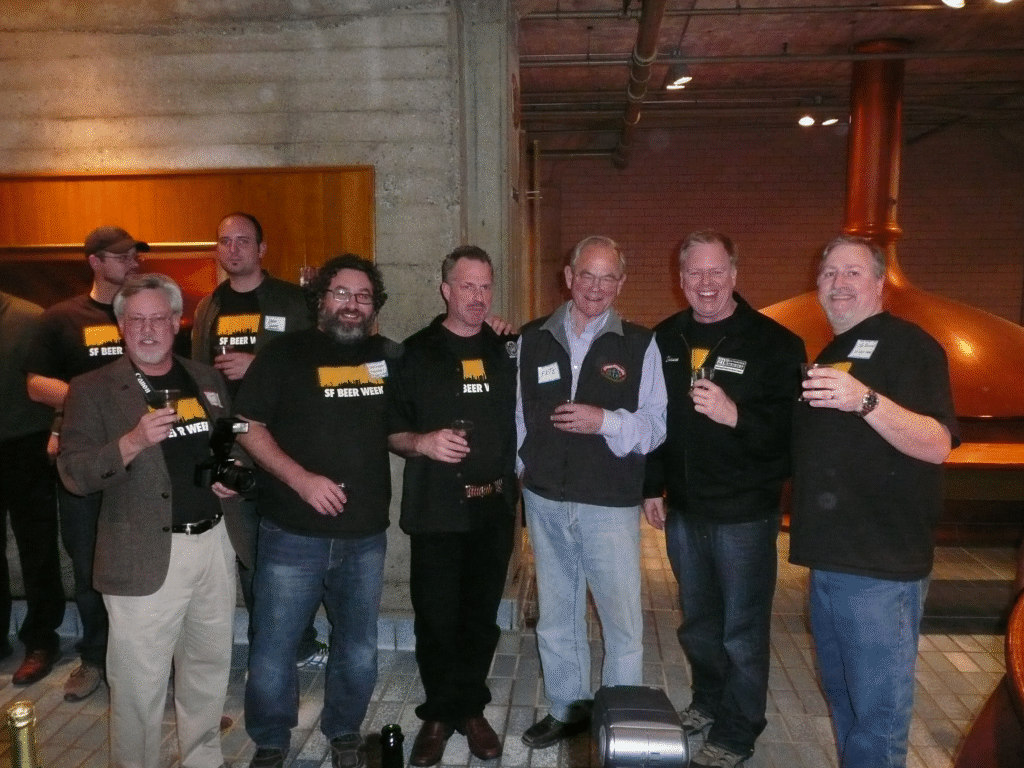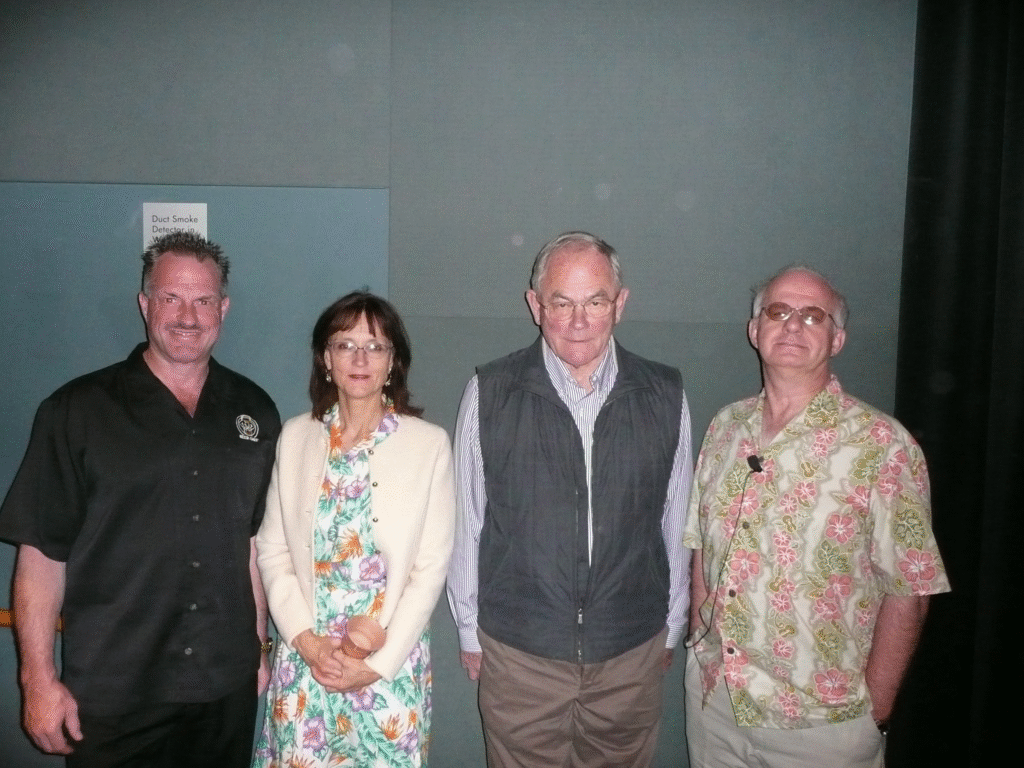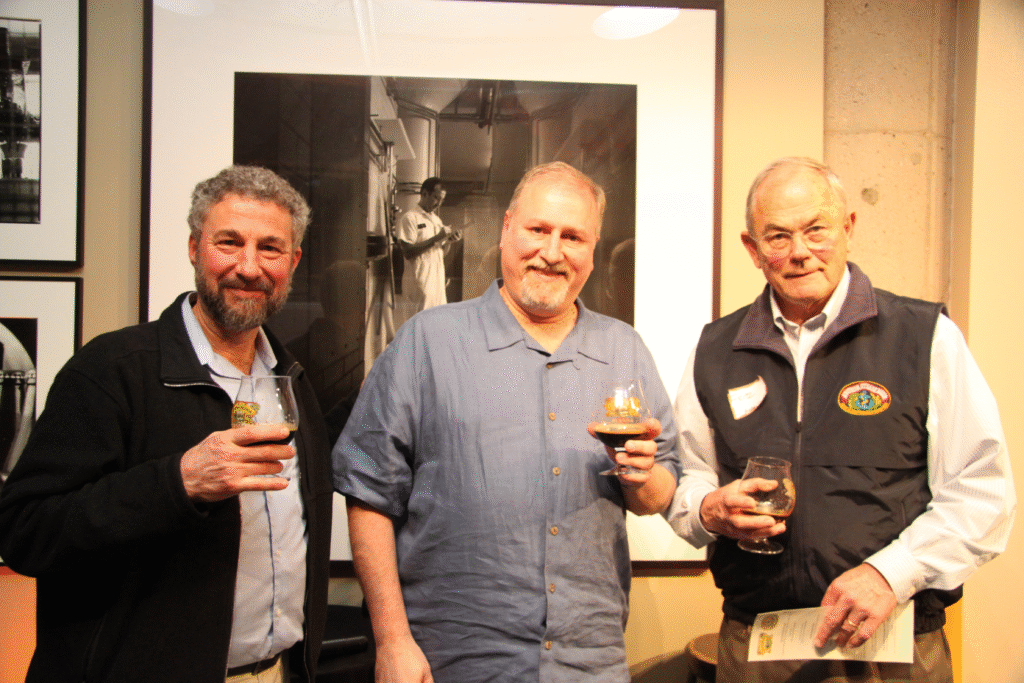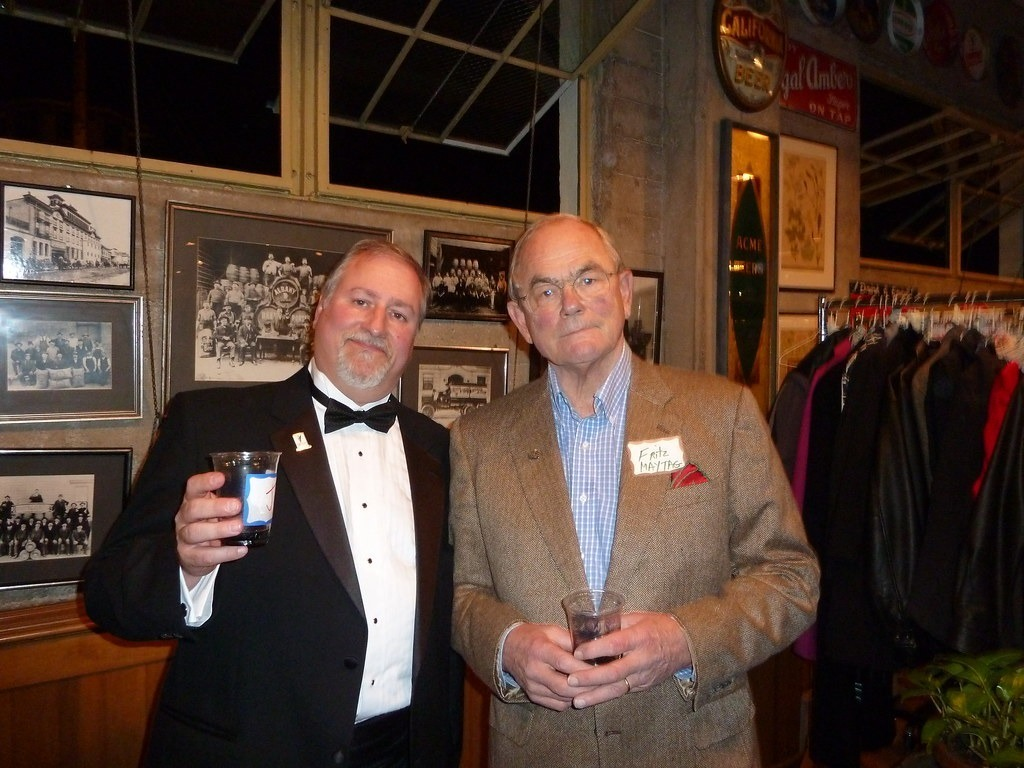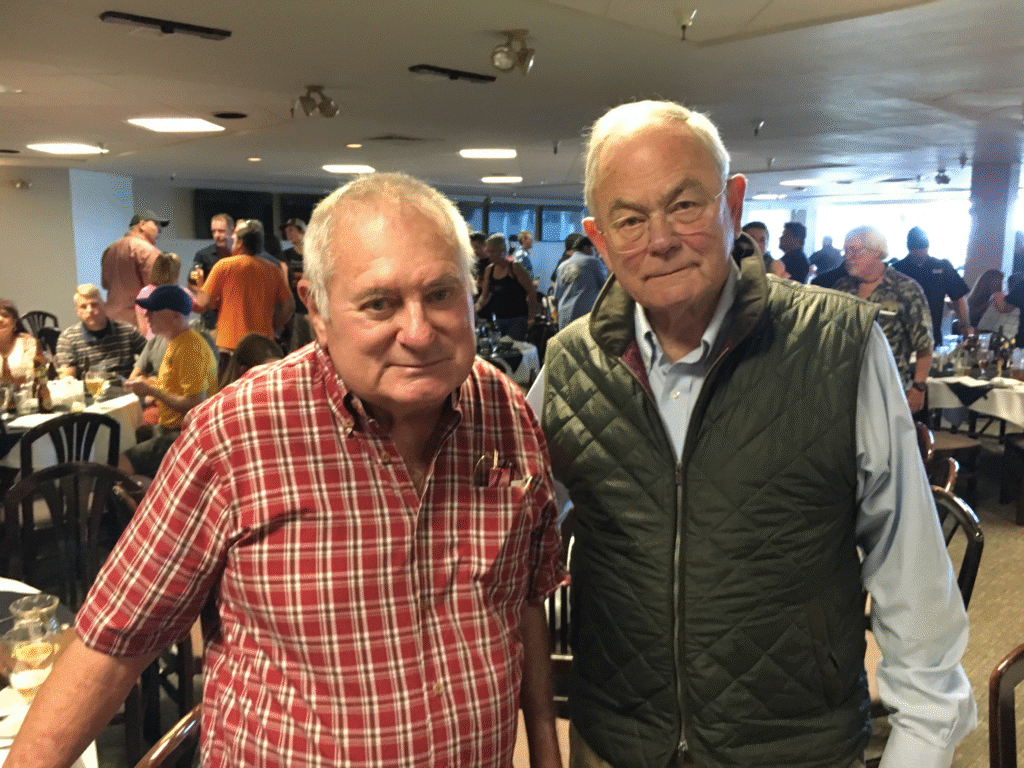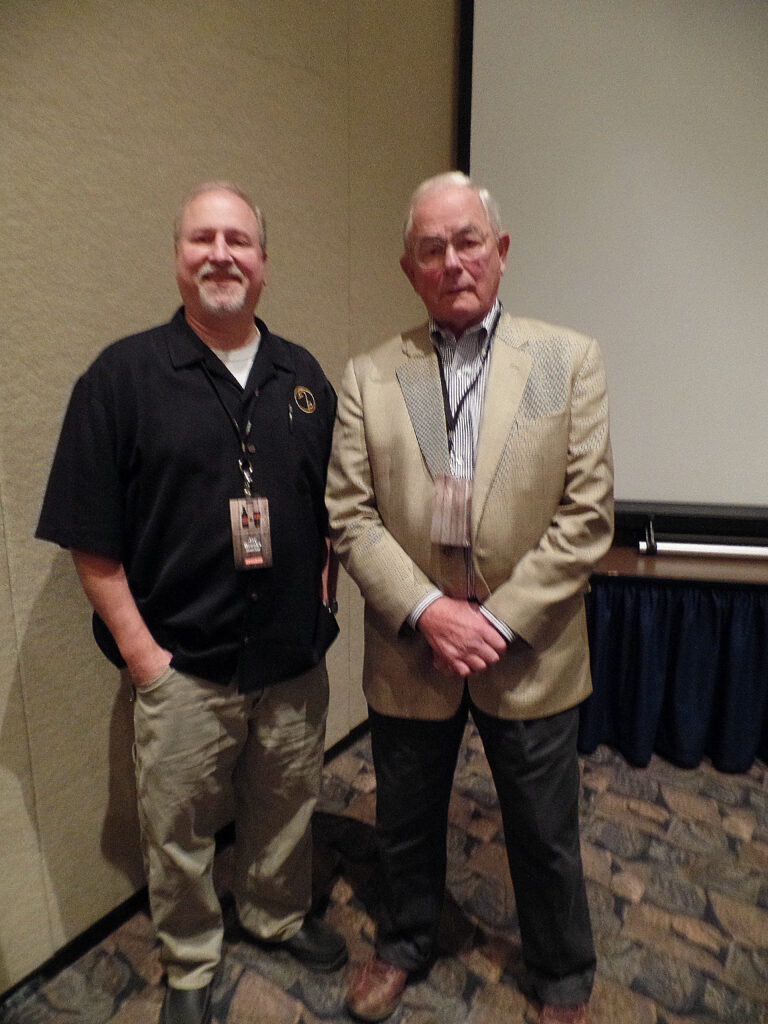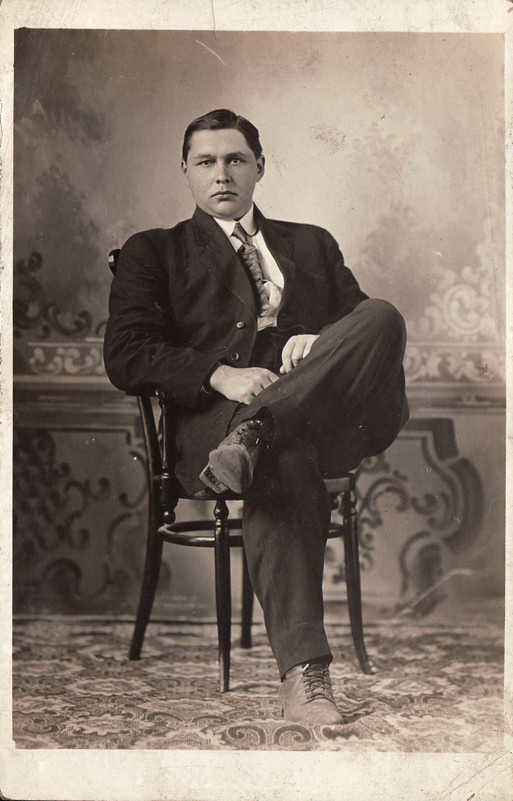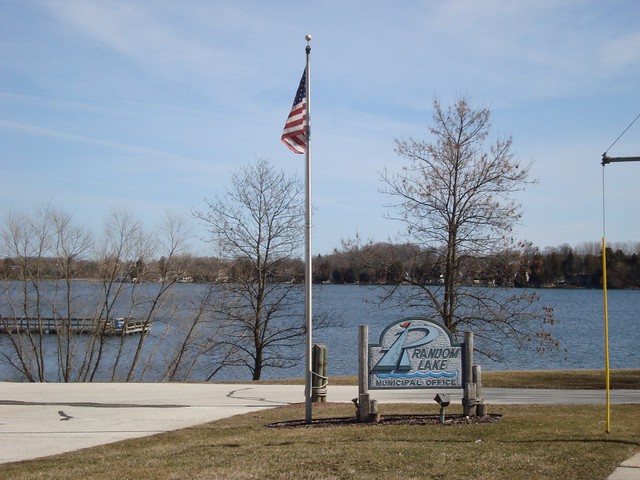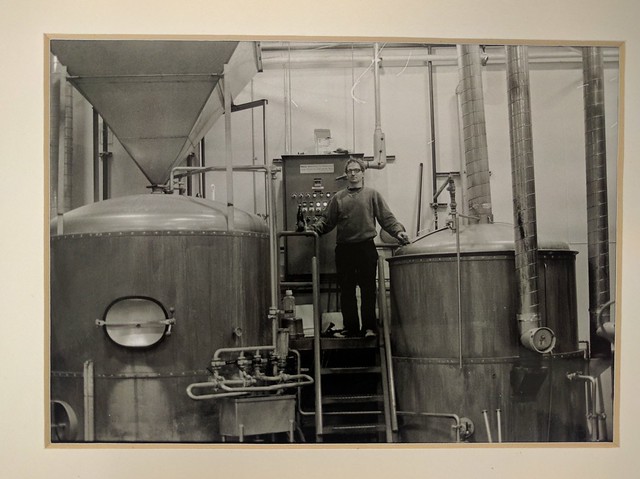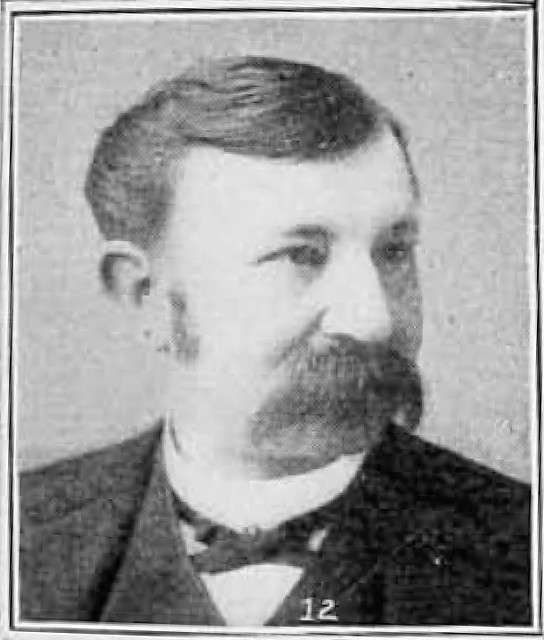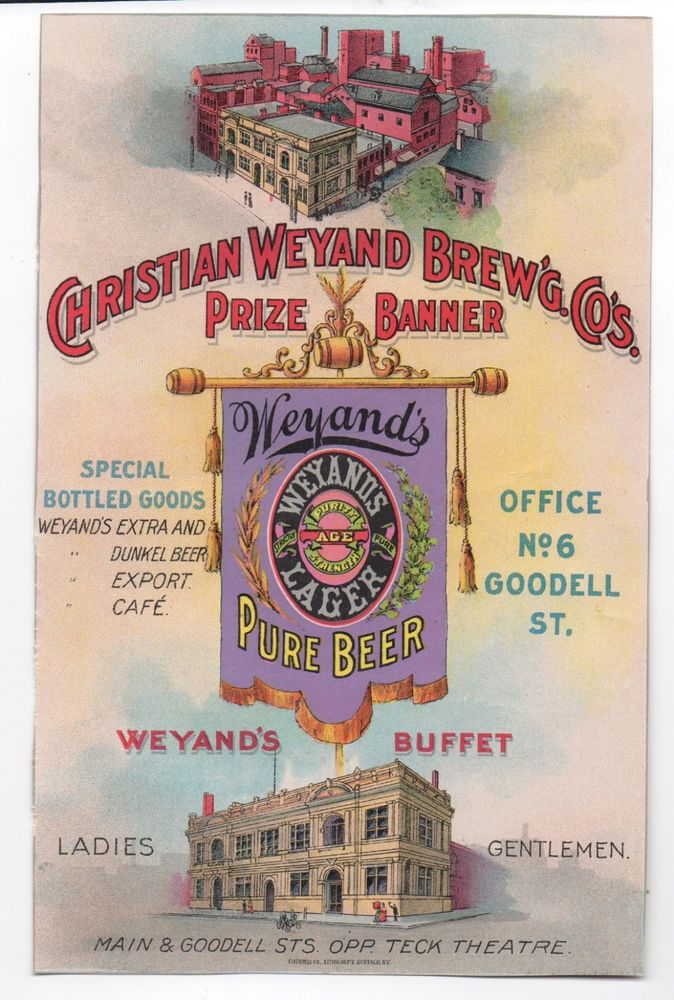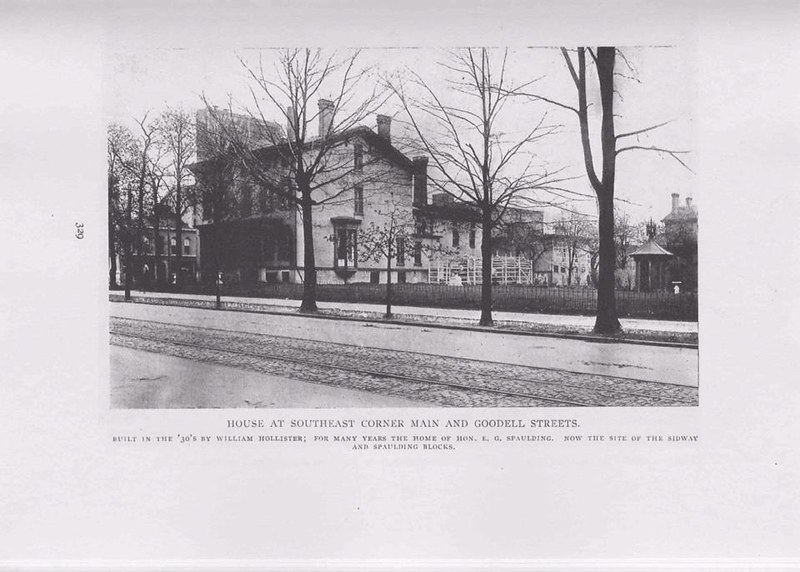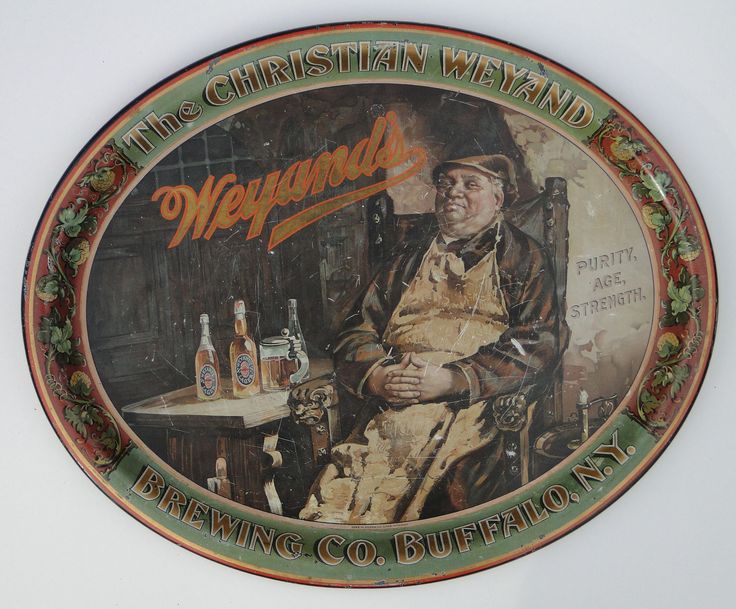
Today is around the 60ish or so birthday of Greg Koch, though it’s not actually his birthday today. I mean, it’s possible it is but the odds are against it. I tried to get it out of him, but I still don’t know the actual date, and I’m only guessing at the year. So because I love celebrating everybody’s birthdays, this will be Greg’s until id and when I get a better date. Greg started at Ohio State, but moved westward to pursue a career in music, and ended up starting a business renting rehearsal space for musicians, which is where he met his partner in the beer business, Steve Wagner. Greg, of course, was the co-founder of Stone Brewing Co. of San Diego, though specifically Escondido for the production brewery, at least. I first met Greg when the original brewery was in San Marcos and we’ve always gotten along quite well and become good friends over the years. Join me in wishing Greg a maybe very happy birthday, though the maybe part is simply because this is either his birthday or unbirthday. Either way, cheers!
